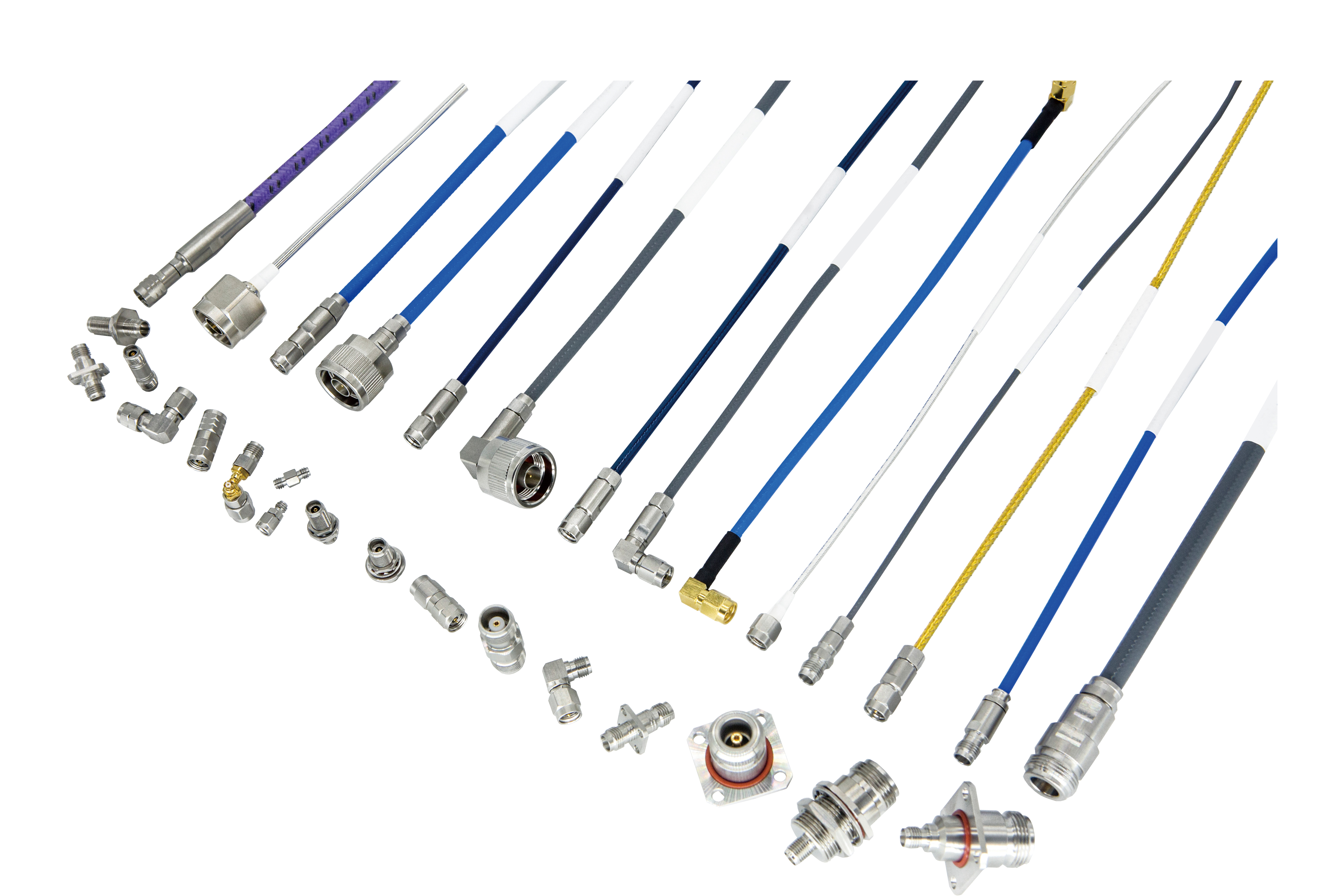Coaxial cable (hereinafter referred to as "coax") is a cable that consists of two coaxial and insulated cylindrical metal conductors to form a basic unit (coaxial pair), and then a single or multiple coaxial pairs. It has been used to transmit data and video signals for a long time. It is one of the first media to support 10BASE2 and 10BASE5 Ethernet, and can achieve 10 Mb/s transmission of 185 meters or 500 meters respectively. The term "coaxial" means that the central conductor of the cable and its shielding layer have the same axis or central point. Some coaxial cables may have multiple shielding layers, such as four-shielded coaxial cables. The cable contains two layers of shielding, and each layer of shielding is composed of aluminum foil wrapped with wire mesh. This shielding characteristic of coaxial cable makes it have strong anti-electromagnetic interference ability and can transmit high-frequency signals over a long distance. There are many different types of coaxial cables that support a wide range of professional applications, such as satellite communications, industrial, military and marine applications. The three most common types of non-industrial coaxial cables are RG6, RG11 and RG59, of which RG6 is most commonly used in CCTV and CATV applications in enterprise environments. The central conductor of RG11 is thicker than RG6, which means that its insertion loss is lower and the signal transmission distance is also longer. However, the thicker RG11 cable is more expensive and very inflexible, which makes it not suitable for deployment in internal applications, but more suitable for long-distance outdoor installation or straight backbone links. The flexibility of RG59 is better than that of RG6, but its loss is high, and it is rarely used in other applications except for low-bandwidth, low-frequency analog video applications (rear-view cameras in cars) with short distance and limited slot space. The impedance of coaxial cables also varies - typically 50, 75, and 93 Ω. The 50 Ω coaxial cable has high power processing capacity and is mainly used for radio transmitters, such as amateur radio equipment, civil band radio (CB) and walkie-talkie. The 75 Ω cable can better maintain the signal strength and is mainly used to connect various types of receiving equipment, such as cable television (CATV) receivers, high-definition television sets and digital video recorders. 93 Ω coaxial cable was used in IBM mainframe network in the 1970s and early 1980s, with very few and expensive applications. Although 75 Ω coaxial cable impedance is most commonly encountered in most applications today, it should be noted that all components in the coaxial cable system should have the same impedance to avoid internal reflection at the connection point that may cause signal loss and reduce video quality. The digital signal 3 (DS3) signal used for the transmission service of the central office (also known as T3 line) also uses coaxial cables, including 75 Ω 735 and 734. The coverage distance of 735 cable is up to 69 meters, while that of 734 cable is up to 137 meters. RG6 cable can also be used to transmit DS3 signals, but the coverage distance is short.
DB design has the full sets of coaxial cable and assembly, which can help customer to combine their own system. Please click below link to select products. Our sales team is always here for you.
Post time: Jan-17-2023


